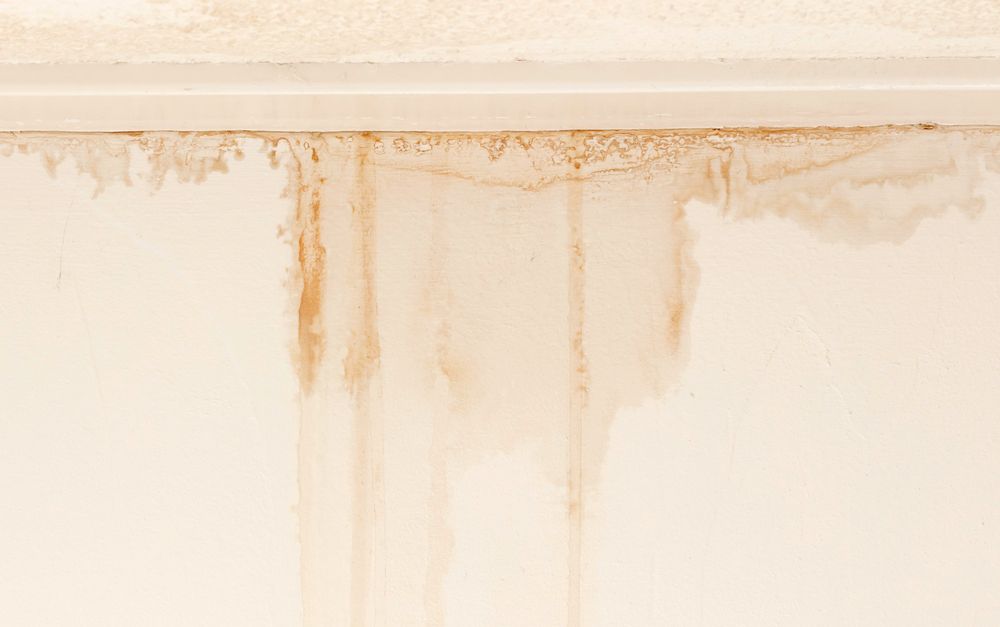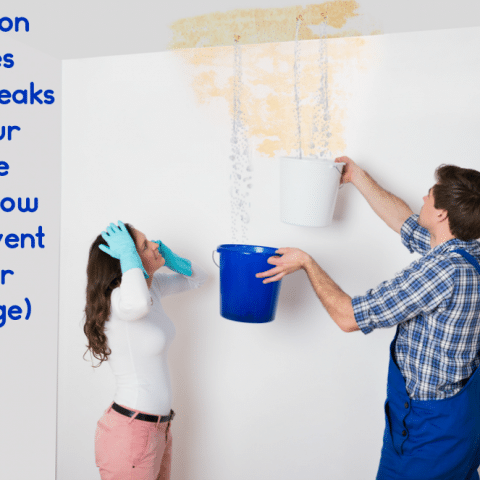Guide To Water Leak Detection In The House
Guide To Water Leak Detection In The House
Blog Article
Were you trying to find answers around Detecting hidden plumbing leaks?

Early detection of leaking water lines can alleviate a possible disaster. Some tiny water leaks might not be noticeable.
1. Analyze the Water Meter
Every home has a water meter. Checking it is a proven way that aids you find leakages. For beginners, turn off all the water sources. Make certain nobody will certainly flush, make use of the faucet, shower, run the washing equipment or dishwasher. From there, go to the meter as well as watch if it will certainly change. Considering that no person is using it, there ought to be no movements. That indicates a fast-moving leak if it moves. Furthermore, if you spot no changes, wait an hour or more and also examine back once more. This means you may have a sluggish leakage that could also be below ground.
2. Examine Water Usage
Evaluate your water bills and also track your water usage. As the one paying it, you should discover if there are any kind of discrepancies. If you identify sudden changes, in spite of your usage coinciding, it means that you have leakages in your plumbing system. Bear in mind, your water bill must drop under the exact same array each month. An unexpected spike in your bill indicates a fast-moving leakage.
At the same time, a consistent increase monthly, despite the same routines, shows you have a slow-moving leak that's likewise gradually rising. Call a plumber to extensively examine your building, specifically if you feel a cozy location on your floor with piping beneath.
3. Do a Food Coloring Examination
When it comes to water consumption, 30% comes from bathrooms. If the color in some way infiltrates your dish throughout that time without flushing, there's a leakage in between the storage tank and also dish.
4. Asses Outside Lines
Don't fail to remember to examine your outside water lines too. Examination faucets by attaching a garden pipe. Ought to water permeate out of the link, you have a loose rubber gasket. Change this as well as ensure all connections are limited. If you have actually obtained a lawn sprinkler, it will assist get it properly took a look at and maintained annually. One little leak can squander tons of water and also surge your water costs.
5. Inspect and also Evaluate the Scenario
Home owners ought to make it a habit to inspect under the sink counters and also even inside cabinets for any bad odor or mold growth. These 2 red flags suggest a leakage so prompt interest is needed. Doing regular inspections, even bi-annually, can save you from a significant issue.
Examine for discolorations and weakening as many appliances and pipelines have a life expectations. If you believe leaking water lines in your plumbing system, don't wait for it to escalate.
Early detection of leaking water lines can mitigate a potential calamity. Some little water leaks might not be visible. Inspecting it is a surefire method that assists you discover leaks. One small leak can throw away loads of water and surge your water expense.
If you suspect leaking water lines in your plumbing system, do not wait for it to rise.
WARNING SIGNS OF WATER LEAKAGE BEHIND THE WALL
PERSISTENT MUSTY ODORS
As water slowly drips from a leaky pipe inside the wall, flooring and sheetrock stay damp and develop an odor similar to wet cardboard. It generates a musty smell that can help you find hidden leaks.
MOLD IN UNUSUAL AREAS
Mold usually grows in wet areas like kitchens, baths and laundry rooms. If you spot the stuff on walls or baseboards in other rooms of the house, it’s a good indicator of undetected water leaks.
STAINS THAT GROW
When mold thrives around a leaky pipe, it sometimes takes hold on the inside surface of the affected wall. A growing stain on otherwise clean sheetrock is often your sign of a hidden plumbing problem.
PEELING OR BUBBLING WALLPAPER / PAINT
This clue is easy to miss in rooms that don’t get much use. When you see wallpaper separating along seams or paint bubbling or flaking off the wall, blame sheetrock that stays wet because of an undetected leak.
BUCKLED CEILINGS AND STAINED FLOORS
If ceilings or floors in bathrooms, kitchens or laundry areas develop structural problems, don’t rule out constant damp inside the walls. Wet sheetrock can affect adjacent framing, flooring and ceilings.
https://www.servicemasterbyzaba.com/blog/how-to-detect-water-leakage-in-walls/

Do you really like reading up on Finding hidden leaks? Try to leave feedback down below. We'd be glad to hear your responses about this review. We hope that you come back again soon. Kindly take the time to promote this post if you liked it. Thanks for your time. Come back soon.
Report this page